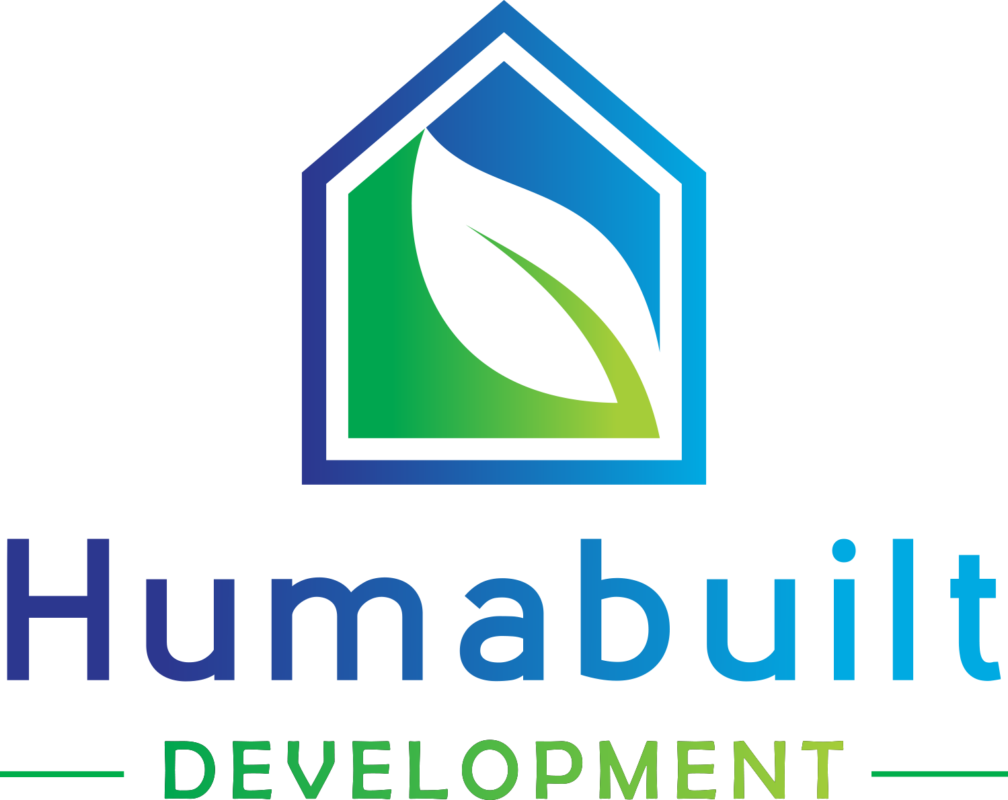Housing prices are sky high, and the housing shortage and unprecedented demand are the major culprits.
According to an article on usatoday.com, there are roughly 140 million homes in the United States, but that falls far short of demand, according to a recent report by Realtor.com. There’s such an imbalance in the supply of homes and the number of people who want to become homeowners that the U.S. needs 5.24 million more homes.
The U.S. needs 5.24 million more homes, and supply is not expected to catch up any time soon. The housing shortage can be blamed on many factors, including rising construction costs and a shortage of materials and labor, but look a little deeper, and you’ll find another fundamental challenge restricting supply – the lack of developable land.
There are several explanations for the lack of developable land. The COVID-19 pandemic played a major role.
When the pandemic first hit, many of the major players in the land development space fled – leaving a void. No developer wanted to keep land on the books and wait around for the economy to rebound.
Once the economy picked back up and the housing market boomed, there was a lack of developable land to meet demand. The major developers were slow to come back into prior markets, and cumbersome entitlement processes deterred new players in municipalities of all sizes.
The void in developable land presents a golden opportunity for small, agile developers with knowledge and experience with the entitlement process and familiar with specific markets to take advantage of instant demand once the conversion of raw land to developable land is complete.
When the subject to developing land comes up, some investors raise the specter of recession and inflation. We’re not worried about either concern because housing is an essential good, and essential goods typically weather economic storms better than other goods – like, say, luxury goods. People will always need shelter, just like they need food and fuel to run their cars and warm their homes.
The resilient demand for essential goods like housing is ideal for shielding portfolios against economic downturns. In the current situation, with supply lagging demand by 5.24 million units, an economic downturn is unlikely to wipe out all this pent-up demand.
Resilient demand not only insulates assets against recession but also inflation. Sustained demand ensures that the price of something as essential as land will keep pace with rising prices. The result is a portfolio – allocated to land or housing – that doesn’t lose value in an inflationary environment.
Even if there is a temporary dip in demand for land or housing, history has demonstrated that housing is the asset quickest to rebound, particularly in the affordable to mid-level housing sectors.
The land entitlement opportunity is tremendous right now for those with the experience and fearlessness to take advantage. Insulated against recessions and inflation, developable land is an ideal addition to any portfolio in the face of economic fears.

